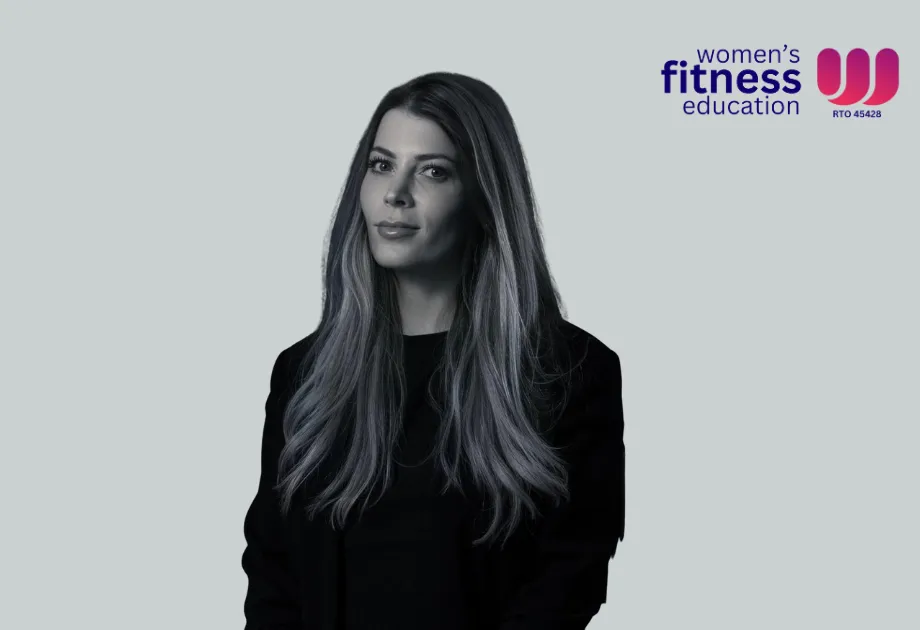
Are We Overcorrecting in Women’s Health? Let’s Talk About It.
Recently, I had the chance to interview Dr. Lauren Colenso-Semple — a muscle physiology researcher with a fierce focus on female physiology, and someone whose work I’ve followed with interest (and sometimes resistance). In our conversation, we talked hormones, menstrual cycles, resistance training, and the nuance that often gets flattened when health advice goes viral.
And yes, I mentioned Dr. Stacy Sims.
If you work in women's health and fitness, you already know her mantra: "Women are not small men." That one sentence has reshaped how thousands of trainers, coaches, and women view exercise and nutrition — especially in midlife. Stacy Sims has championed the idea that women’s hormonal fluctuations matter deeply when it comes to performance, recovery, and even daily energy. I’ve long admired her work and recommended her to others. She's unapologetically bold, and she's cracked open a door that had been slammed shut for decades.
So, you can imagine the friction when Dr. Lauren Colenso-Semple — with all her research creds — tells me that the data doesn’t always back that up. That the differences between men and women when it comes to how we respond to training aren’t as big as we’ve been led to believe. That messaging like “never train fasted” or “you must train around your cycle” might be more hype than evidence.
To be honest, I squirmed. Not because I didn’t hear her — but because I did.
My Role Isn’t to Take Sides — It’s to Teach What Works
I’m not a researcher. I’m not trying to win debates in academic journals.
I’m an educator. My job is to take what science says — even when it contradicts itself — and translate it into strategies fitness professionals can actually use with their clients.
That means I read the research. I listen to people like Sims and Colenso-Semple. And I ask myself:
What does this mean when you’re standing in a gym with a 47-year-old woman who’s exhausted, bloated, and terrified her body is betraying her?
Or the 23-year-old who’s on the Pill, hasn’t had a natural cycle in years, and wants to train for her first half-marathon without crashing mid-cycle.
Or the 38-year-old who’s leaking every time she jumps but doesn’t want to be pulled out of group training.
Or the 61-year-old who wants to stay strong enough to lift her grandkids but doesn’t give a toss about her “PB.”
Because that’s who we’re working with.
When the Science Conflicts, Here’s Where I Land
Stacy Sims is right: Women have been ignored in research, and that needs to change. Her work absolutely brought attention to that.
Lauren Colenso-Semple is right: We need to be cautious with blanket rules. The science doesn’t always support the extremes, and oversimplified advice can push women away from movement entirely.
And I’m here to say: You don’t need to choose between them. You need to learn how to apply the science to the person in front of you.
Not everyone is an athlete. Not everyone fits the textbook.
Our job is to listen first, prescribe second.
Less about Training Hormones — More about Training Humans
Here’s what I tell the students who complete my education:
The menstrual cycle isn’t a rigid blueprint. It’s a variable influence — one of many.
Hormones matter. But so do stress, sleep, trauma, confidence, and whether someone actually enjoys what they’re doing.
Resistance training is essential — but it’s not all “lift heavy or go home.” Pilates counts. Crawling counts. Getting up off the floor counts.
It all depends on what your client actually wants to achieve. Not everyone wants to deadlift their body weight — and that’s OK.We need frameworks that ask better questions, not more rules.
The Bottom Line?
Dr. Sims pushed the industry forward. Dr. Colenso-Semple is now pushing it to think deeper.
And me? I’m just here in the middle, doing what I do best:
Making the science make sense, so trainers can actually make a difference.
And if you like reading the research too or engaging with insightful application of it – you might also enjoy - MASS – which stands for Making Application of Science Simple. I lost a whole morning reading the free issue on their website.
Want to hear the full conversation?
Listen to my interview with Dr. Lauren Colenso-Semple on the Women’s Fitness Education Podcast [insert link once live].
Got questions? Want more clarity?
Email me at [email protected] — and I’ll line up a second interview with Lauren to get your questions answered.
Because understanding women’s health means asking better questions, not picking a team.
If you’re thinking about becoming a qualified personal trainer or group fitness instructor, check out our Certificate III and IV in Fitness. Feel free to reach out if you have any questions!
